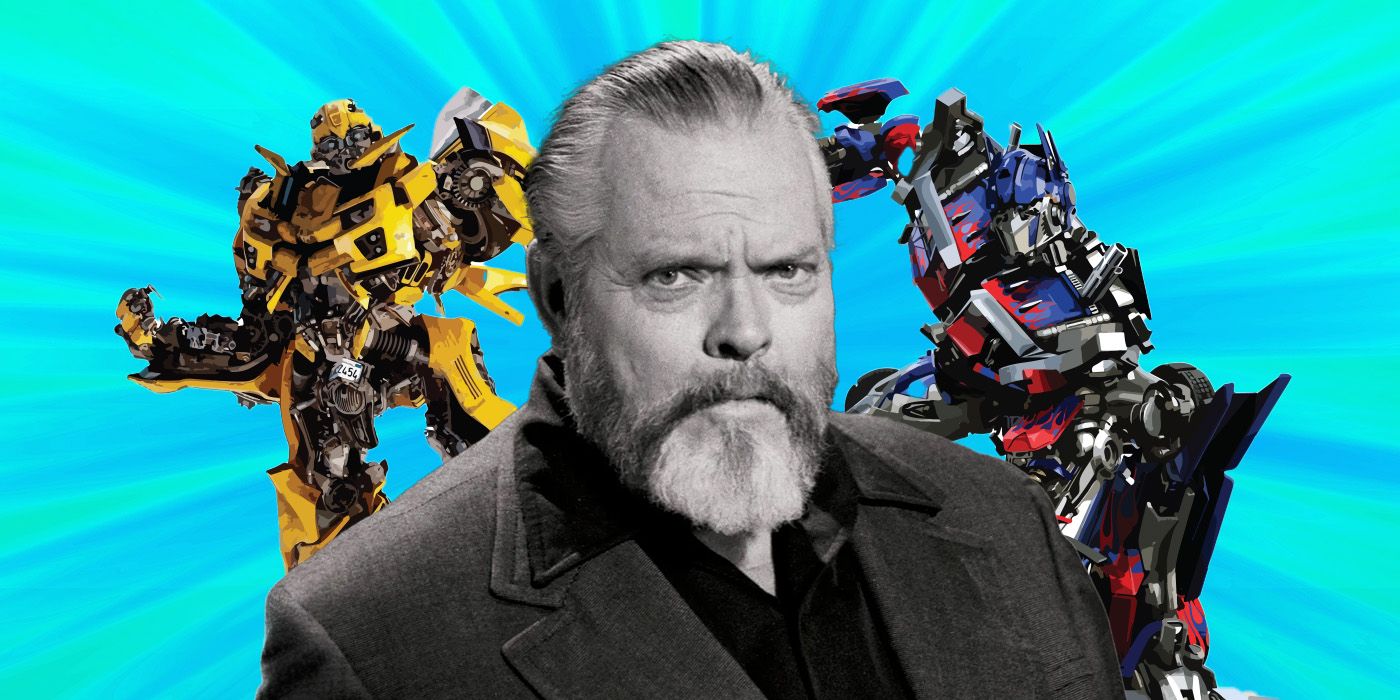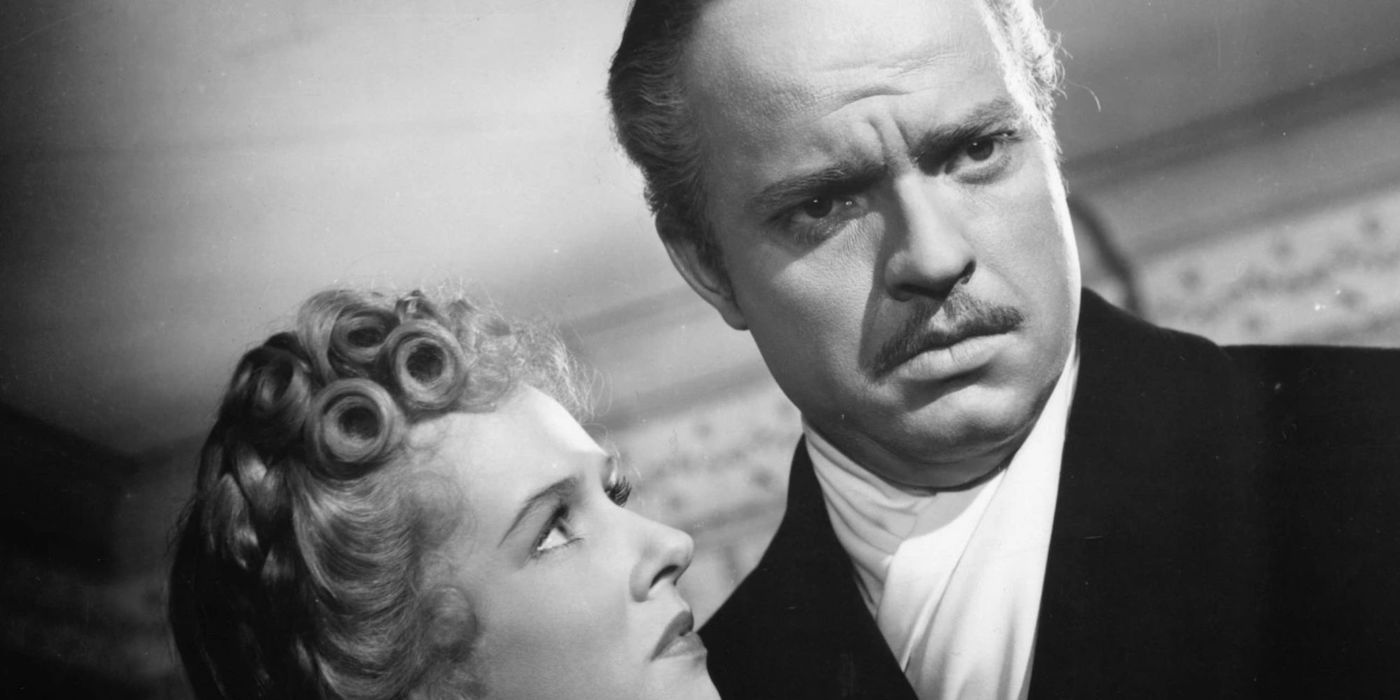The Big Picture
- Orson Welles’ final performance was in an animated movie, The Transformers: The Movie, which had a lasting impact on young audiences.
- The film received mixed reviews and flopped at the box office, but has since been recognized for its narrative depth and unique characters.
- Despite his disdain for the role, Welles delivered a brilliant performance as the villain Unicron, bringing gravitas and professionalism to the character.
It’s impossible to overstate Orson Welles‘ impact on American media, from his infamous radio adaptation of The War of the Worlds to the groundbreaking and hugely influential Citizen Kane — which Welles directed, co-wrote, and starred in at only twenty-five years old — to his incomparable performance as Harry Lime in The Third Man. Yet many modern moviegoers were first introduced to Welles not through any of these important works, but through an animated movie that had just as great an impact on its young audience as any Best Picture winner, and which turned out to be Welles’ final performance before his death: 1986’s The Transformers: The Movie.
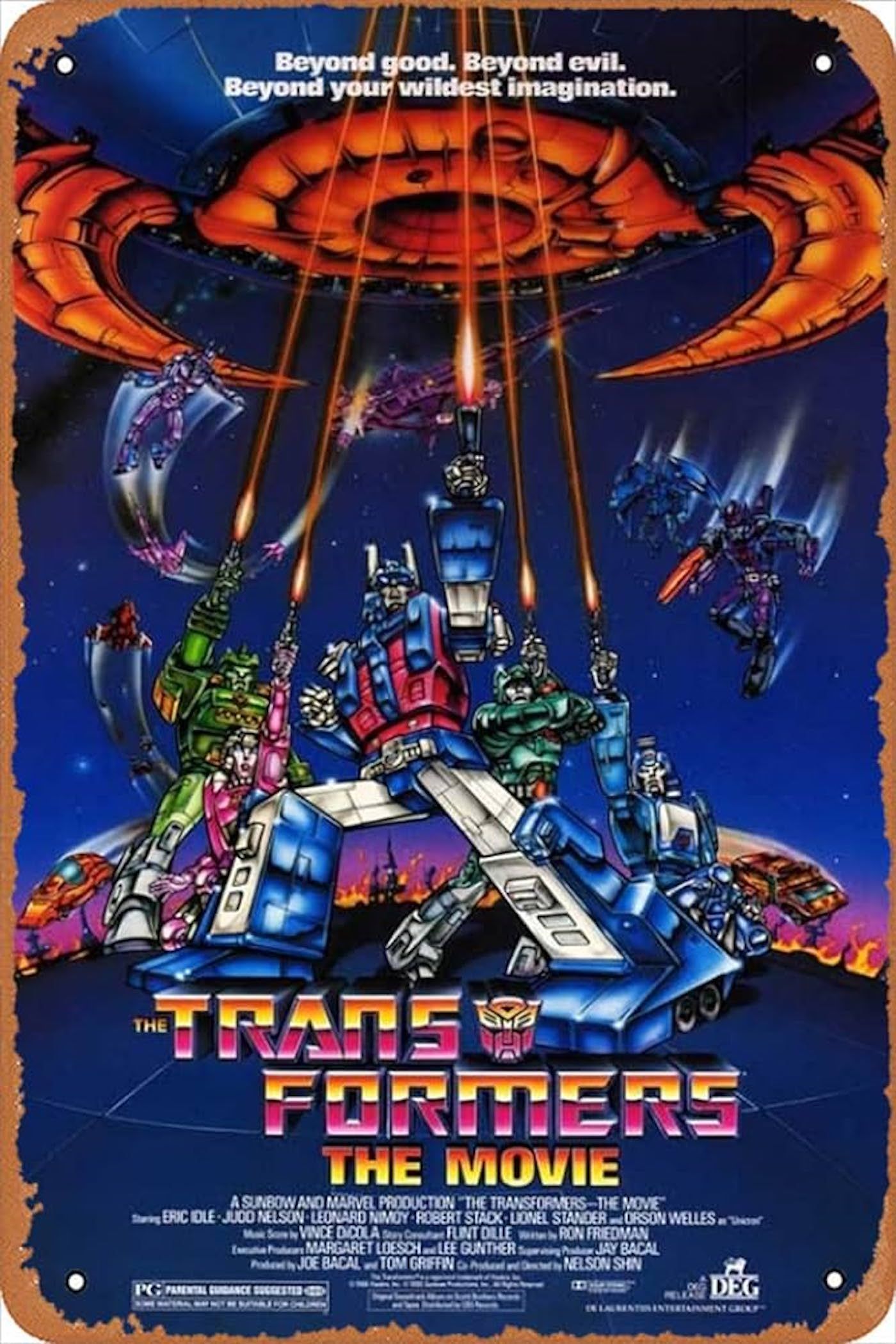
The Transformers: The Movie
The Autobots must stop a colossal planet consuming robot who goes after the Autobot Matrix of Leadership. At the same time, they must defend themselves against an all-out attack from the Decepticons.
- Release Date
- August 8, 1986
- Director
- Nelson Shin
- Cast
- Norman Alden , Jack Angel , Michael Bell , gregg berger , Susan Blu , Arthur Burghardt
- Runtime
- 84
- Writers
- Ron Friedman
- Tagline
- One shall stand, one shall fall
What Is ‘The Transformers: The Movie’ About?
The first Transformers film ever released, The Transformers: The Movie takes place in the distant future of 2005. The evil Decepticons have conquered the Autobots’ home planet Cybertron, forcing the Autobots to plan a counterattack from a secret base on one of the planet’s moons. Meanwhile, a planet-sized Transformer called Unicron (Welles) is on his way to Cybertron to eat it. After a devastating battle against the Autobots, the Decepticons are forced to flee, abandoning their wounded — including their leader Megatron (Frank Welker) — in space. While adrift, he encounters Unicron, who heals him, transforming him into Galvatron (Leonard Nimoy), and the two form an uneasy alliance.
The Transformers: The Movie was groundbreaking in its practically unheard-of decision to kill off several major characters, including the beloved Optimus Prime (Peter Cullen), a move that shocked young viewers. At the time of its release, it was poorly received by critics, who panned the excessive violence and commercialism. However, even critics like The Atlanta Constitution‘s Scott Cain, who called the film a “90-minute toy commercial” and said it left him “irate,” admitted that the target audience — young kids — loved The Transformers: The Movie. Today, many long-time fans look back on it not only as a treasured artifact from their childhoods but as a seminal moment in their movie-going lives.
1:48
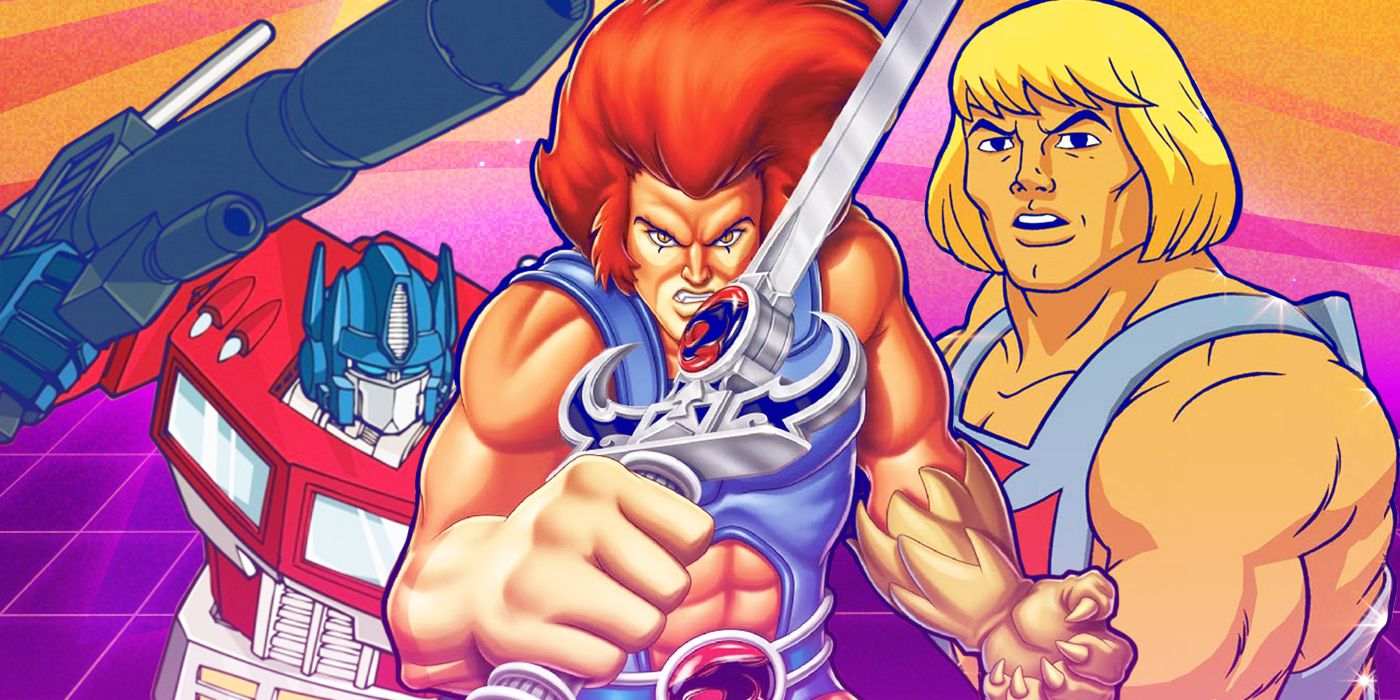
Best 1980s Saturday Morning Cartoons, From ‘Transformers’ to ‘ThunderCats’
Saturday mornings in the ’80s were a goldmine of some of the most memorable animated series ever created.
The Transformers: The Movie was also unusual in its casting of multiple big-name actors to do voice work. Today, every major animated film has at least a few stars on its cast list, but in the mid-1980s, this wasn’t the norm. Though many of the characters are voiced by veterans of the original animated series such as Cullen and Welker, the movie also features the likes of Welles and Nimoy, Casey Kasem, singer Eric Idle, Airplane!‘s Robert Stack, and The Breakfast Club‘s Judd Nelson.
How Did Orson Welles End Up in ‘The Transformers: The Movie’?
The last feature-length film written and produced by Welles that was released before his death was the 1978 documentary Filming Othello, but according to biographer Barbara Leaming, the dogged creator never stopped planning new and ambitious projects even as his health declined, and he accepted almost any work offered to him to finance them. In his later years, he did several commercials and endorsements, made guest appearances on several TV shows, and did narration and voice work for cartoons, documentaries, and other pieces. He even had a cameo in The Muppet Movie.
However, he didn’t always enjoy these gigs, though they must have required little effort from the long-time stage and screen veteran. Leaming writes that he spoke contemptuously of his role in Transformers, which he recorded on October 5, just five days before his death. “I played the voice of a toy,” he told her over the phone later that day. “Some terrible robot toys from Japan that change from one thing to another… I play a planet. I menace somebody called Something-or-other. Then I’m destroyed. My plan to destroy Whatever-it-is is thwarted and I tear myself apart on the screen.” Admittedly, The Transformers is no Citizen Kane, but Welles’ disdain belies the animated classic’s enduring legacy.
Orson Welles’ Performance in ‘The Transformers’ Is Brilliant Anyway
Contempt for the role aside, Orson Welles couldn’t turn in a bad performance even if he tried. As director Nelson Shin later told Flickering Myth, landing Welles was a dream come true. Though Shin says the elderly, frail actor had to use a wheelchair, and his voice was so weak that synthesizer effects were added to mask and enhance it, it is still unmistakably Welles, and he plays Unicron with the same seriousness and professionalism that he brought to all of his roles. The premise of the Transformers franchise is undeniably silly, but the planet-sized, city-devouring Unicron doesn’t feel silly in Welles’ hands.
There’s something especially appropriate about bringing Welles in specifically for that part. Throughout much of his career he was known for playing grandiose, larger-than-life characters — Charles Foster Kane, Macbeth, even Harry Lime, an ordinary man who exulted to mythic proportions through Welles’ masterful storytelling techniques. For Unicron to succeed as a villain that makes Megatron look meek and subservient by comparison, he must be believably imposing, and Welles was among the few actors who could bring the gravitas necessary to convincingly play a robot the size of a planet. As Unicron exposits his evil plan to conquer the universe, Welles’ commanding voice reverberates through the screen, and it’s easy to believe that if such a being existed, he would sound exactly like Welles.
‘The Transformers: The Movie’ Has Had a Lasting Legacy
Today, in the hands of Michael Bay, the Transformers have morphed into a multi-billion-dollar franchise that consistently garners middling to negative reviews and just as consistently brings in impressive box office returns. Yet many fans still consider the original 1986 animated film to be the best thing to come out of the I.P. As Slate‘s John Swansburg writes, The Transformers: The Movie boasts a narrative depth that eludes Bay’s 2007 Transformers, which is populated by generic and largely unlikable characters and takes no risks whatsoever in its predictable plot.
Welles didn’t live to see the animated film’s release, and he probably wouldn’t have been impressed if he had. In addition to poor reviews, the movie was a box office flop, though the VHS did become a major best-seller the following year. It’s only in hindsight that the film’s uniqueness and importance to the landscape of children’s media has been recognized, not just by nostalgic fans but by modern critics too. Hasbro and the studios may have created it solely as a cynical plot to sell toys, but there’s no question that the film itself was a labor of love for Shin and the other creators attached to it. If Welles could see its legacy today, he might feel a little bit better about his role in it.
The Transformers: The Movie is available to rent on Apple TV+ in the U.S.












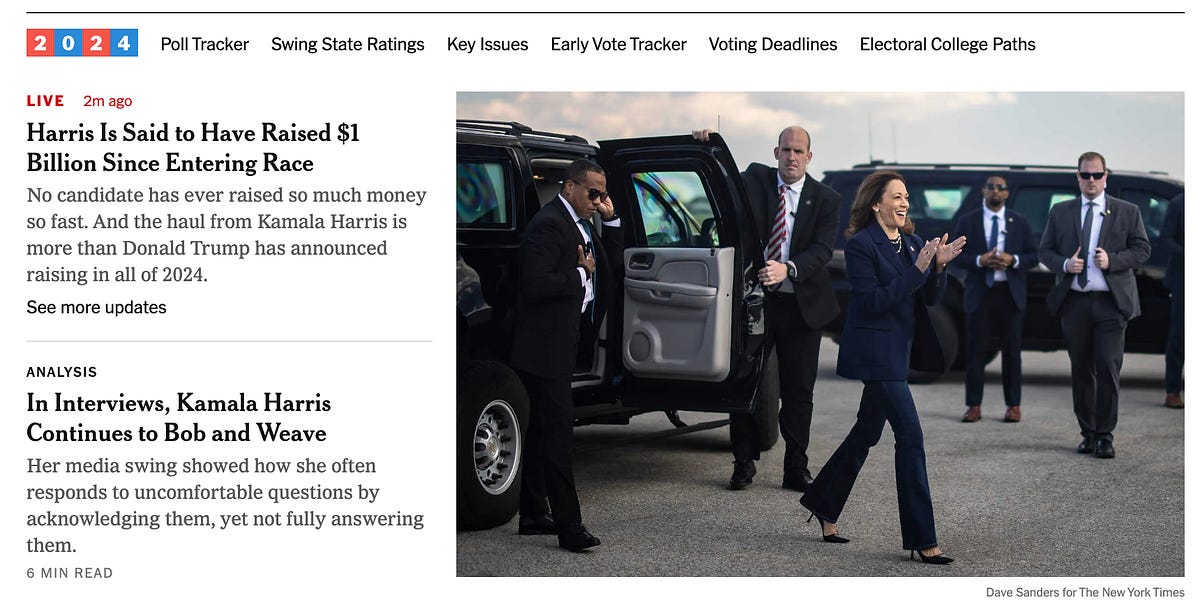











































![Key Metrics for Social Media Marketing [Infographic] Key Metrics for Social Media Marketing [Infographic]](https://www.socialmediatoday.com/imgproxy/nP1lliSbrTbUmhFV6RdAz9qJZFvsstq3IG6orLUMMls/g:ce/rs:fit:770:435/bG9jYWw6Ly8vZGl2ZWltYWdlL3NvY2lhbF9tZWRpYV9yb2lfaW5vZ3JhcGhpYzIucG5n.webp)


